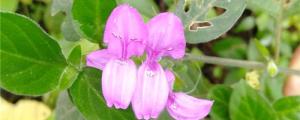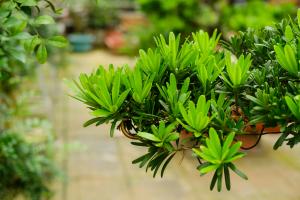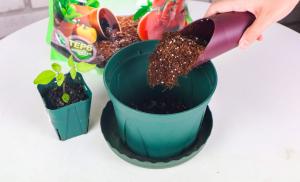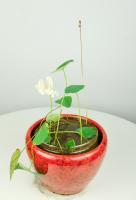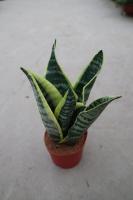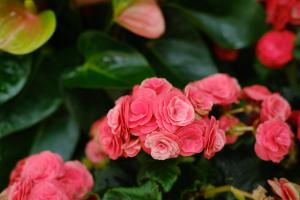1. What does orchid sprout like
Orchid germination should first determine whether it is leaf bud or flower bud. Because the leaf buds of orchid will draw out leaves later, its hand feel will be relatively hard, and the leaf buds usually grow on pseudobulbs. The sheath of leaf buds is generally thicker, and the shape is more inclined to long strip. The flower bud has a softer feel because it later grows into a bud. It usually grows on an old but strong pseudobulb the sheath of flower bud should be thin and dry, and it looks round, usually with a drum in the middle and a sharp head. However, sometimes, there is a certain time difference between the germination of leaf buds and flower buds. For example, the leaf buds of Jianlan will germinate earlier than the flower buds in spring
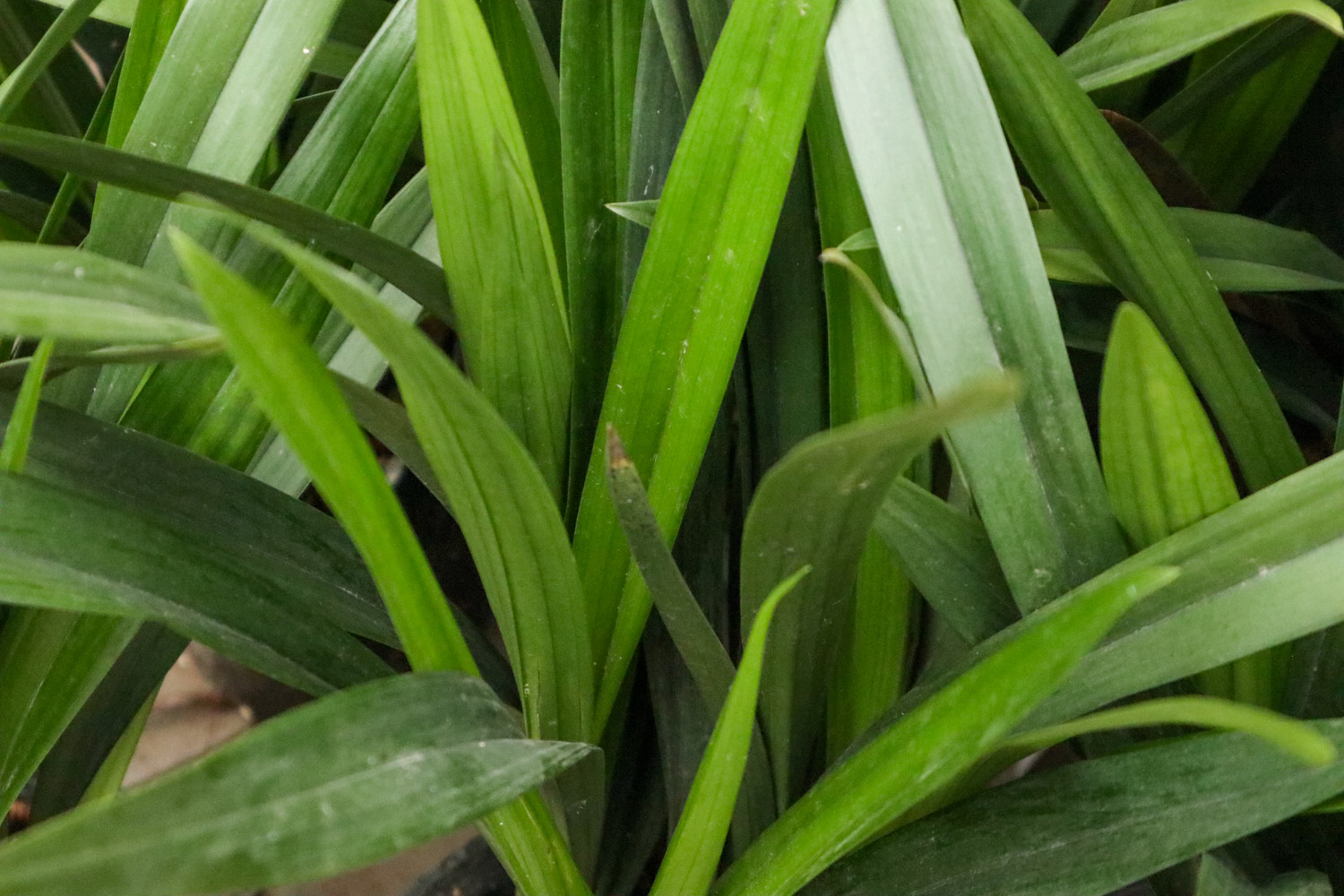
2. How to grow fast after germination
Sufficient light: generally, the budding period of orchids is at the alternation of winter and spring. After it germinates, it is still necessary to provide it with sufficient light and ensure the circulation of air. You can put it near the sunny glass window indoors and try your best to provide more light for it. In addition, in addition to receiving light during the day, it is best to irradiate with a fluorescent lamp for three to five hours at night, which can promote photosynthesis and make the orchid buds grow faster and better
Proper watering: orchids have strict requirements for water after germination, and can't be dry or wet. If the mother plant does not have sufficient water supply, it cannot promote the growth of new buds. You can put it at a high place and control the amount of water. Don't be too wet or too dry. Just keep the soil moist
Suitable temperature: orchids generally go through winter after germination, so cold and antifreeze measures should be taken to ensure the appropriate temperature. Once the temperature is lower than three degrees, it should be moved to indoor breeding with a temperature between five and fifteen degrees
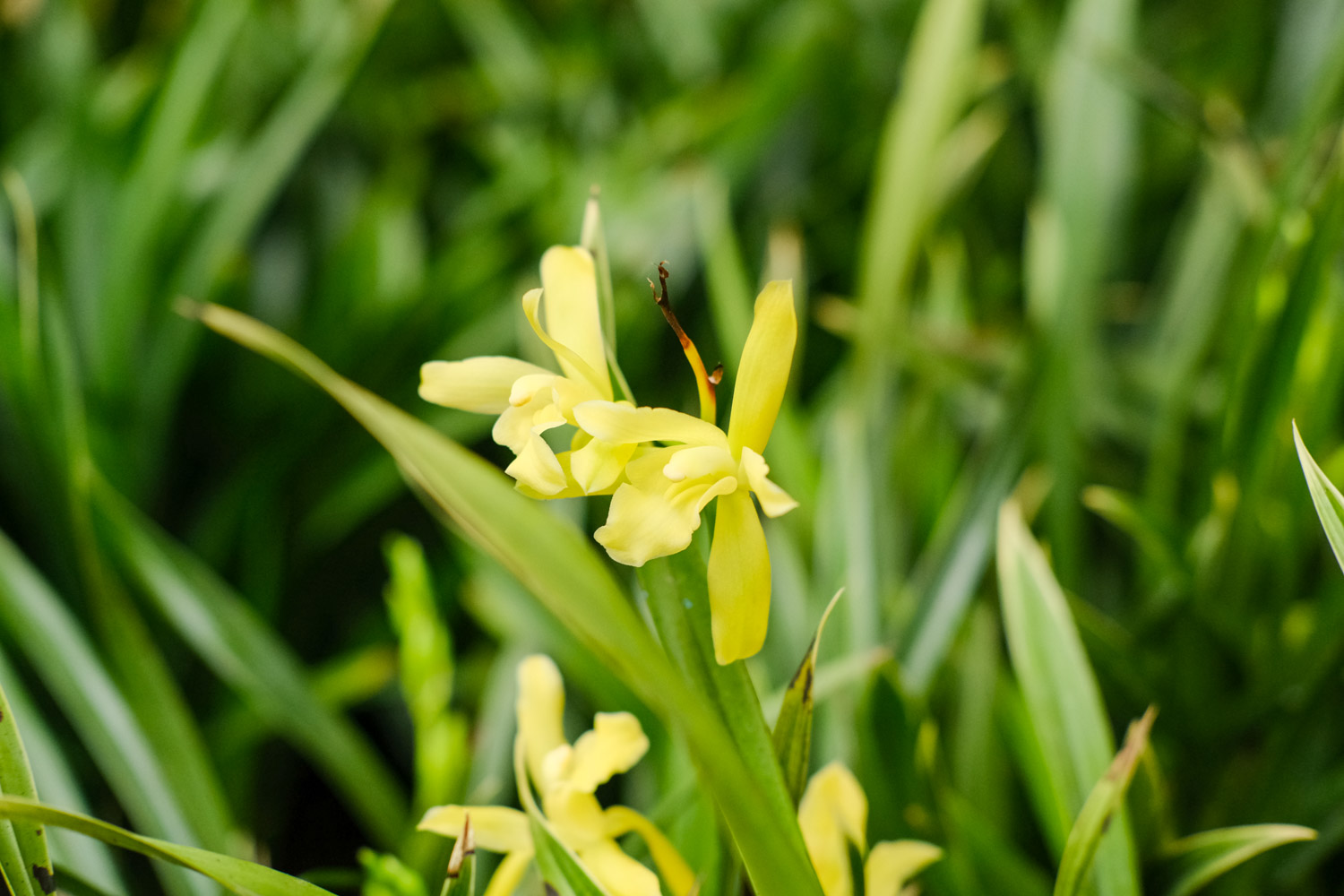
Timely fertilization: after orchid germination, you can apply more phosphorus and potassium fertilizer. After germination, orchids generally accumulate nutrients rather than continue to grow. At this time, the application of phosphorus and potassium fertilizer can make them accumulate more nutrients and promote the growth of orchid buds. You can also use the organic liquid fertilizer specially used for orchids, which contains rich trace elements, which can meet the growth needs of orchids and accumulate strength for the growth of orchid buds
Timely bud removal: after orchid germination, orchid needs to accumulate a lot of nutrients to supply flower bud growth. Therefore, too many flower buds will consume too many nutrients, resulting in uneven growth of orchid buds. Therefore, we should timely remove some orchid buds in poor growth status and flower buds next to old seedlings. Generally, only two or three flower buds are left in a basin. This can make the nutrient distribution more balanced and the orchid buds will grow better


 jackfruit
jackfruit snake plant
snake plant hibiscus
hibiscus hydrangea
hydrangea lavender
lavender Green roses climb al...
Green roses climb al... If you don't pay att...
If you don't pay att... Management of four g...
Management of four g...